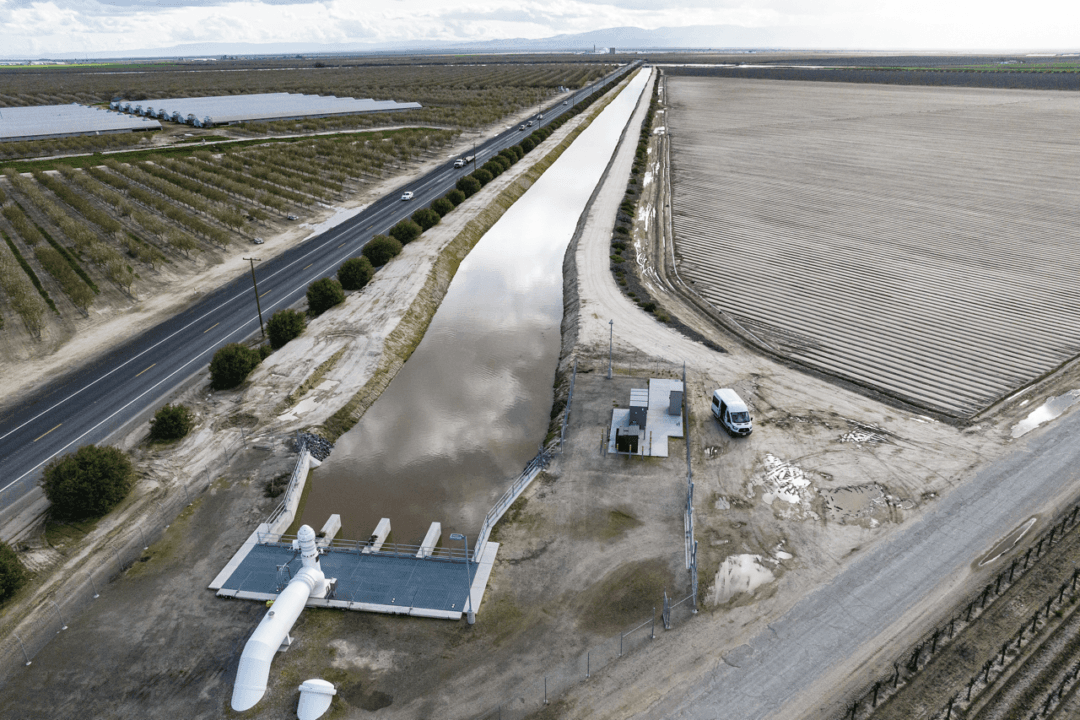Six states are facing significant declines in groundwater resources, according to a study published in Nature.
The report looked at “excessive groundwater withdrawals” by studying 170,000 monitoring wells in over 40 countries, as well as in the U.S., where several states, the most severe being California, must contend with a decline in groundwater reserves, according to an analysis from Saul Elbein, an environmental reporter for The Hill.





